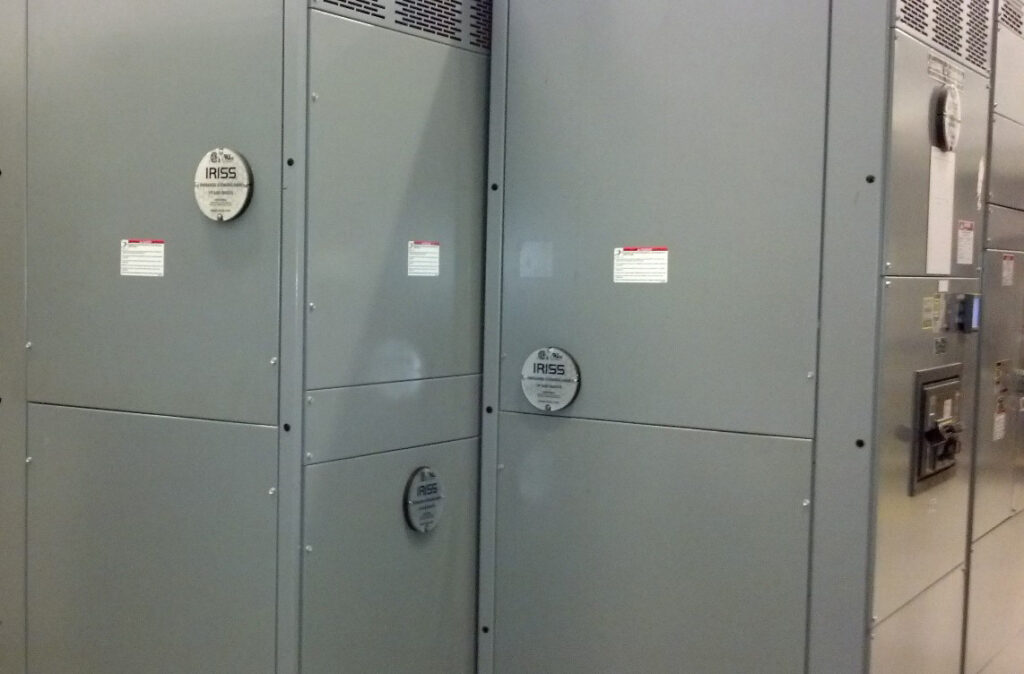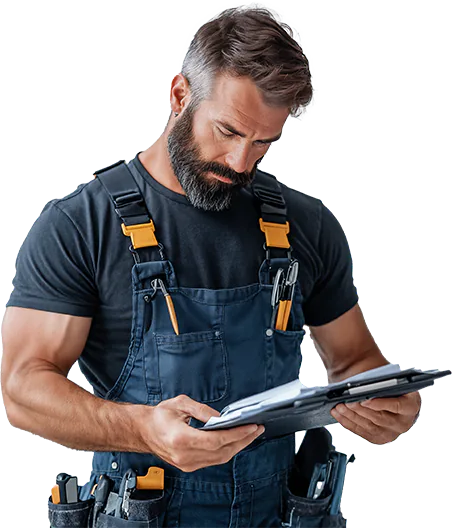Insurance Company Chooses IRISS Infrared Windows for Arc Flash Mitigation Campus Wide
In this article:
by John Zyznomyrsky, CFPPS, Level 1 Thermographer, IRISS Inc.
Overview
Large insurance company campus consisting of a claims, data, forensics, and
training centers including corporate offices located in Hartford, Connecticut. The
Senior Facilities Engineer decided to be proactive and conduct an Arc Flash
assessment survey on all substations and switchgear. The assessment survey came
back with > 40 cal/cm2 incident energies allowing the engineer to still conduct open
panel Infrared inspections under load. Understanding that opening apanel, under
load, greatly increases the chance of Arc Flash and limiting inspections annually the
facilities engineer decided to contact 3C Electrical Company.
3C provided a solution for inspecting electrical gear under load in a “Closed &
Guarded State.” Brian Mygatt, Sales Engineer, from 3C conducted an onsite
walkabout survey for the placement of IR windows so the insurance company would
be able to conduct Conditioned Based Maintenance (CBM) without opening energized
panels under load and risking the safety of their electricians while increasing the
frequency of inspections. Brian decided to recommend IRISS polymer windows
instead of the traditional calcium fluoride (CaF2) windows for the following reasons:
- Polymer IR windows are available in a variety of standard sizes but may be
custom designed unlike CaF2 crystal windows which only come as 2-4” round
units - Fixed and Stable Transmission (FAST) ensures that the polymer optic will not
degrade over time unlike hygroscopic crystals that will absorb moisture and
airborne contaminants and degrade prematurely - Reinforced optic grill will not crack due to vibration and shock
- Unconditional lifetime warranty for the life of the electrical gear.
It was decided to install VPT Series 3” and 4” round IR windows as well as CAP
Series 12” and 24” rectangular windows throughout the substations and switchgear.
Installation of 150 IR windows was completed in less than 12 hours on 208V / 480V
substations ranging in size from 500 Amp to 4000 Amp as well as on 11kV fused
switches and cable termination boxes. Much of the electrical gear was located in the
basement under damp conditions.

IR surveys now only take one thermographer in his street clothes and safety glasses
compared to one thermographer and two electricians in full 40cal/cm2 Personal
Protective Equipment (PPE) to open the panels and perform the inspection work.
Labor Cost savings of over 90% have been realized while not exposing electricians
and technicians to energized equipment. The insurance company is now able to
perform their CBM with greater frequency and dramatically increasing the discovery
of electrical anomalies before they become critical.
Related articles

Need help? Want more information?
No matter the size of your organization, we’ll work with you to create the perfect plan that aligns with your goals and budget. Explore how IRISS solutions can transform your operations by providing unparalleled features and benefits. Contact us today to get started with a personalized quote!